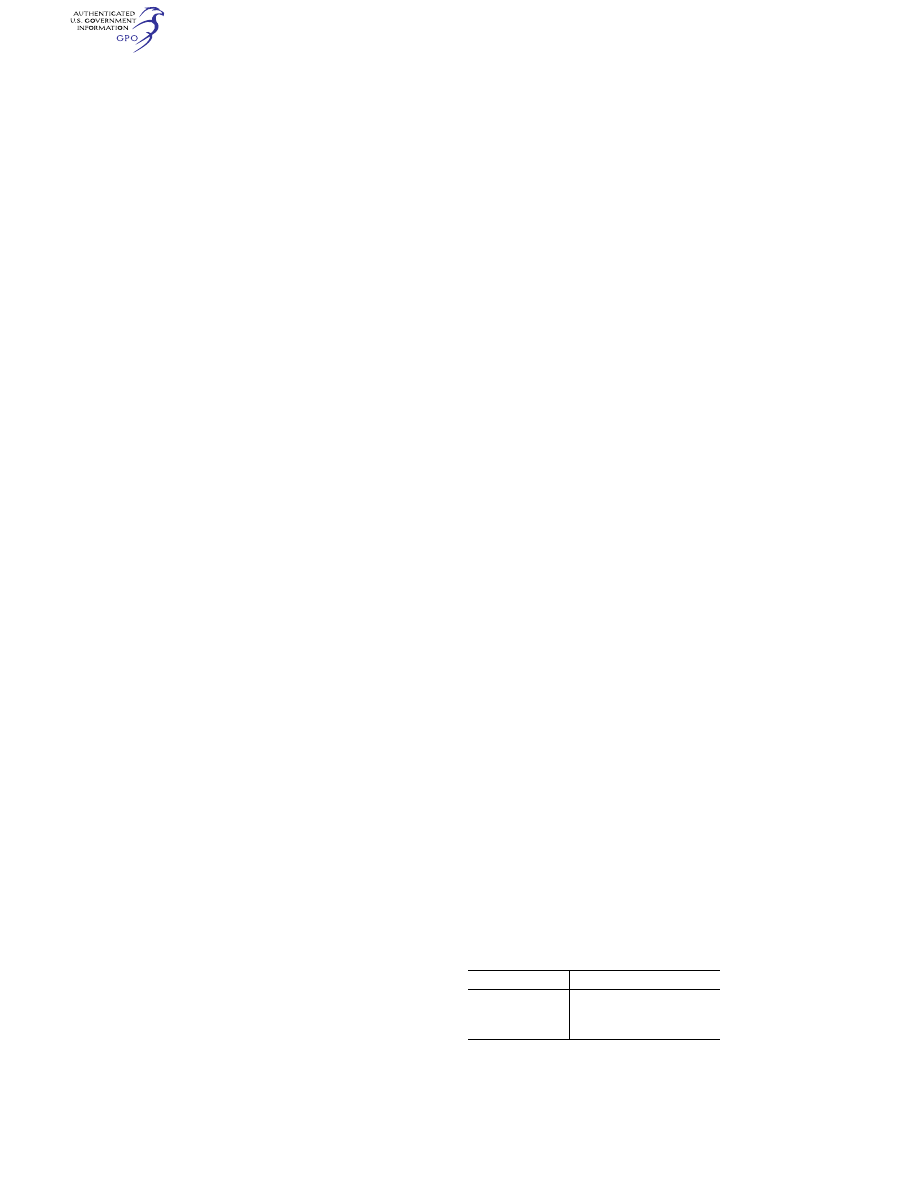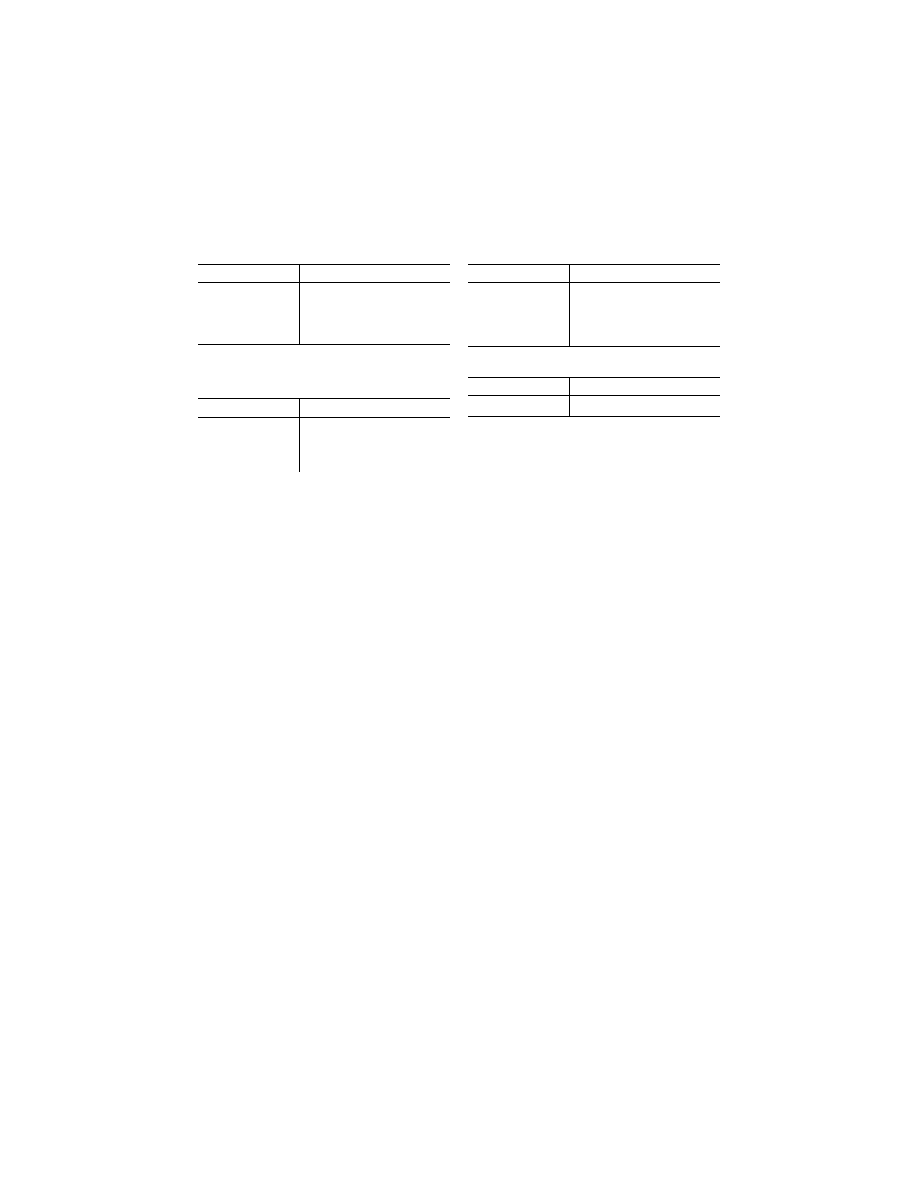
279
Federal Aviation Administration, DOT
§ 25.779
(2) Is inclined 15 degrees or more to
the longitudinal axis of the airplane;
and
(3) Has any part of the pane located
where its fragmentation will constitute
a hazard to the pilots.
(d) The design of windshields and
windows in pressurized airplanes must
be based on factors peculiar to high al-
titude operation, including the effects
of continuous and cyclic pressurization
loadings, the inherent characteristics
of the material used, and the effects of
temperatures and temperature dif-
ferentials. The windshield and window
panels must be capable of withstanding
the maximum cabin pressure differen-
tial loads combined with critical aero-
dynamic pressure and temperature ef-
fects after any single failure in the in-
stallation or associated systems. It
may be assumed that, after a single
failure that is obvious to the flight
crew (established under § 25.1523), the
cabin pressure differential is reduced
from the maximum, in accordance with
appropriate operating limitations, to
allow continued safe flight of the air-
plane with a cabin pressure altitude of
not more than 15,000 feet.
(e) The windshield panels in front of
the pilots must be arranged so that, as-
suming the loss of vision through any
one panel, one or more panels remain
available for use by a pilot seated at a
pilot station to permit continued safe
flight and landing.
[Doc. No. 5066, 29 FR 18291, Dec. 24, 1964, as
amended by Amdt. 25–23, 35 FR 5676, Apr. 8,
1970; Amdt. 25–38, 41 FR 55466, Dec. 20, 1976]
§ 25.777
Cockpit controls.
(a) Each cockpit control must be lo-
cated to provide convenient operation
and to prevent confusion and inad-
vertent operation.
(b) The direction of movement of
cockpit controls must meet the re-
quirements of § 25.779. Wherever prac-
ticable, the sense of motion involved in
the operation of other controls must
correspond to the sense of the effect of
the operation upon the airplane or
upon the part operated. Controls of a
variable nature using a rotary motion
must move clockwise from the off posi-
tion, through an increasing range, to
the full on position.
(c) The controls must be located and
arranged, with respect to the pilots’
seats, so that there is full and unre-
stricted movement of each control
without interference from the cockpit
structure or the clothing of the min-
imum flight crew (established under
§ 25.1523) when any member of this
flight crew, from 5
′
2
″
to 6
′
3
″
in height,
is seated with the seat belt and shoul-
der harness (if provided) fastened.
(d) Identical powerplant controls for
each engine must be located to prevent
confusion as to the engines they con-
trol.
(e) Wing flap controls and other aux-
iliary lift device controls must be lo-
cated on top of the pedestal, aft of the
throttles, centrally or to the right of
the pedestal centerline, and not less
than 10 inches aft of the landing gear
control.
(f) The landing gear control must be
located forward of the throttles and
must be operable by each pilot when
seated with seat belt and shoulder har-
ness (if provided) fastened.
(g) Control knobs must be shaped in
accordance with § 25.781. In addition,
the knobs must be of the same color,
and this color must contrast with the
color of control knobs for other pur-
poses and the surrounding cockpit.
(h) If a flight engineer is required as
part of the minimum flight crew (es-
tablished under § 25.1523), the airplane
must have a flight engineer station lo-
cated and arranged so that the flight
crewmembers can perform their func-
tions efficiently and without inter-
fering with each other.
[Doc. No. 5066, 29 FR 18291, Dec. 24, 1964, as
amended by Amdt. 25–46, 43 FR 50596, Oct. 30,
1978]
§ 25.779
Motion and effect of cockpit
controls.
Cockpit controls must be designed so
that they operate in accordance with
the following movement and actuation:
(a) Aerodynamic controls:
(1)
Primary.
Controls
Motion and effect
Aileron .........................
Right (clockwise) for right wing
down.
Elevator .......................
Rearward for nose up.
Rudder .........................
Right pedal forward for nose right.
(2)
Secondary.
VerDate Sep<11>2014
09:06 Jun 28, 2024
Jkt 262046
PO 00000
Frm 00289
Fmt 8010
Sfmt 8010
Y:\SGML\262046.XXX
262046
jspears on DSK121TN23PROD with CFR
